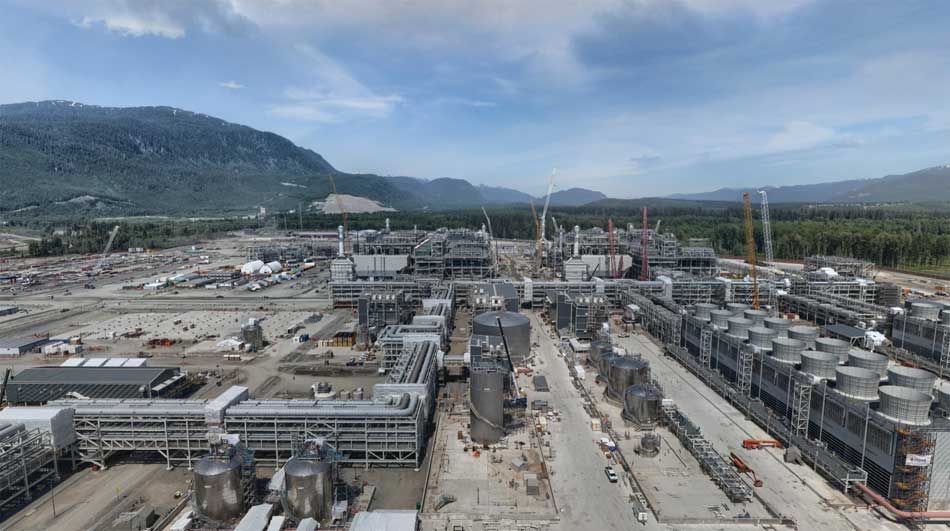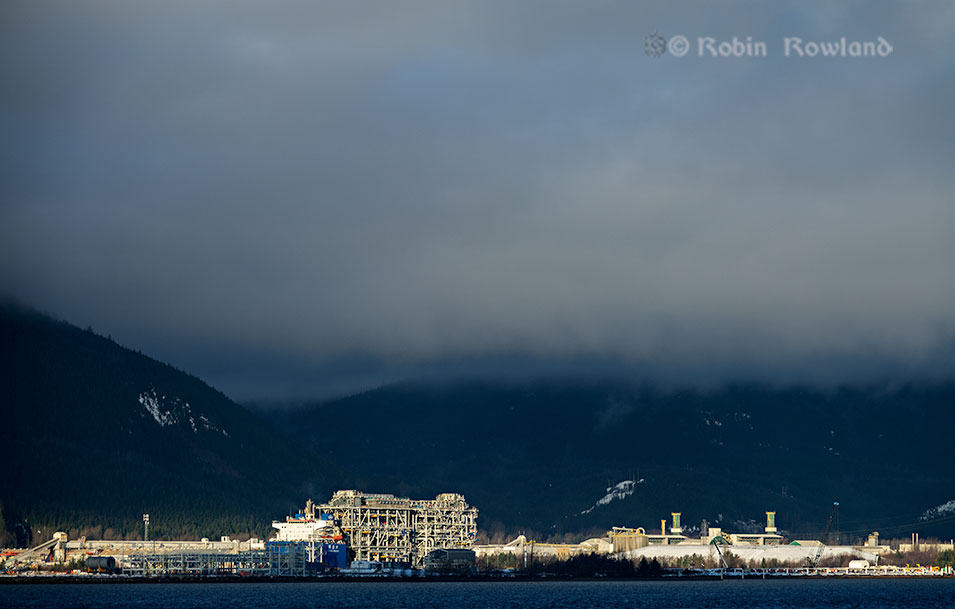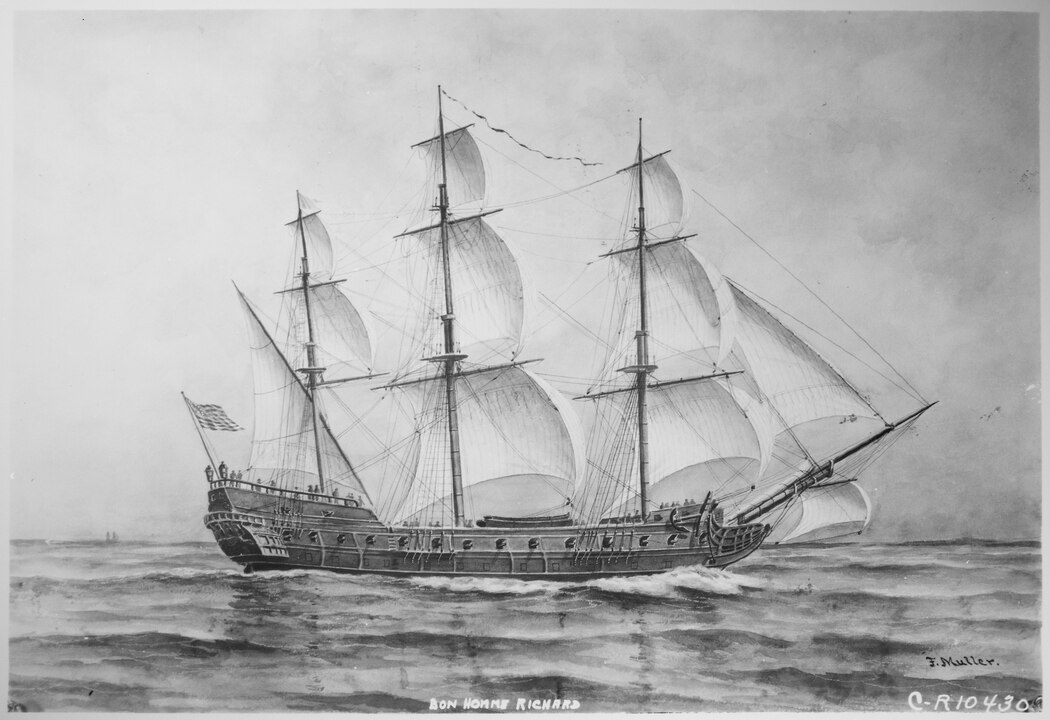
Is it Kitimat or Star Trek’s Delta-Vega?

“There’s something familiar about this place.”
I was on a bus tour of Kitimat’s giant $40 billion LNG Canada facility on Saturday, July 8.
I’ve never been on site, but had this strange feeling I had seen it before.
The LNG Canada Liguified Natural Gas project, is the largest industrial construction project in Canadian historythe , which, of course, is still under construction with the completion of the two “trains” to process the natural gas into liquid form so the volume shrinks so it can be loaded into LNG tankers for tansport to Asia, with each shipment worth millions of dollars.
The project is somewhat controversial, given a number of factors, such as whether or not LNG which is bascially methane, is a transition fuel to wean the world off coal and oil or whether it is a dangerous addition to the atmospheric crisis since methane is itself a green house gas. Other controveries are the emmissions from the plant itself (low by previous standards) and the increase in ship traffic on Douglas Channel. Local indigenous First Nations are split on the construction, with some opposing the Coastal Gas Link pipeline that will bring the natural gas from northern British Columbia while many indigenous people and communities are prospering from the jobs and other opportunities to get out of poverty that come from the project.
To actually see the huge project, albeit on a three hour bus tour, the visitor will briefly leave the controversies behind, as you are awestruck by the gargantuan size of the facility and the complexity of the various components of the project. For someone who was a kid in the 50s and 60s, the LNG Canada project really is something out of the dreams of science fiction of the Golden Age.
As the bus left, Something about Star Trek, I thought.
So here is another strange prescient item for the Star Trek timeline, the Albert Whitlock matte painting of the lithium cracking station on Delta-Vega, created for the second pilot of the Star Trek Original Series Where No Man Has Gone Before.


The units that will process the natural gas are gigantic steel modules, built overseas and brought to Kitimat on large ships. It was those modules that resemble the structures that Albert Whitlock imagined when he created Delta-Vega. Having ships bring the modules across the ocean is again a science fiction story in itself.

That does not mean, of course, there won’t be consequences for all this as any good science fiction story would have and still could tell. I will leave that for a future blog
The other interesting science fiction aspect to the tour was the environmetal obligations that the company has under the conditions of the approval that came from the Canadian and British Columbia governments.
The contractor must not only do everything can to mitigate the enviromental damage caused by construction, they are obligated to recreate twice the amount of the environment that was damaged, so that means also restoring the mistakes of earlier generations. That includes restoring Sumgas Creek in the Kildala neighborhood.
As I listened to the upbeat descriptions of our tour guide from the construction prime contractor JGC Corporation and Fluor Corporation – JGC Fluor BC LNG Joint Venture there was another science fiction thought. The restoration is a massive effort at terraforming
No matter what your position is on the LNG Canada project (I have mixed feelings) the expertise and experience gained here could well be a model to restore the environment elsewhere (that is if politicians actually get their act together before it is too late)
(Now if we could only persuade both Paramount and LNG Canada to shoot an episode of Strange New Worlds here in Kitimat 🙂 unlikely however but Delta-Vega had to be built before Kirk visited)




